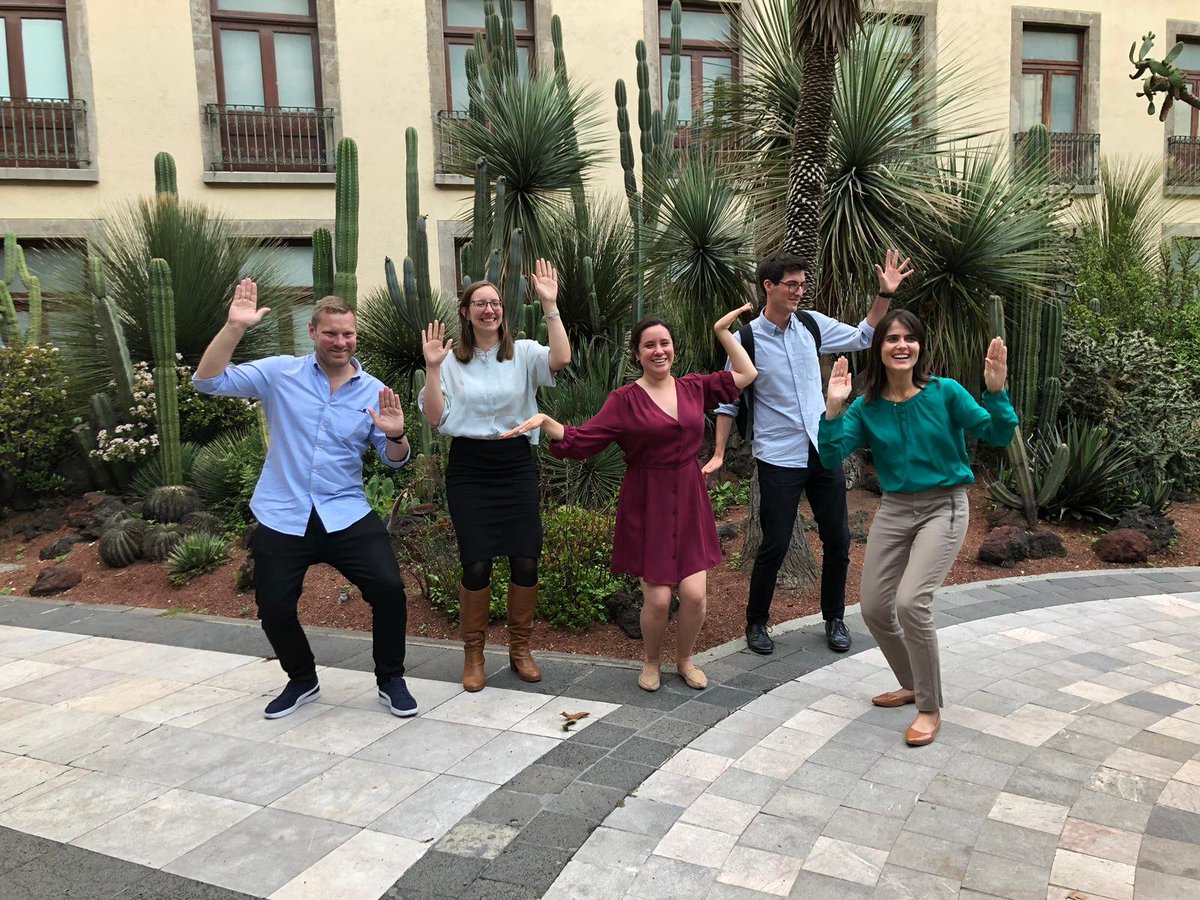
Supporting a team from the UK Government to share user centered design practices with Agencia Digital de Innovación Pública (ADIP) the agency responsible for the data, digital, and technology for Mexico City. They’re developing a procurement platform similar to the our Digital Marketplace, we were there to better understand the challenges they face and how we could support them.
Monday and Tuesday mornings
We ran show and tells to learn about the service they’re delivering. They showed us their procurement platform for buying and selling in the public sector.
We shared the GDS journey from its formation by Frances Maude triggered by the report by Martha Lane Fox Directgov 2010 and beyond: revolution not evolution to where we are today including deep dives into relevant platforms and processes we’ve developed like the design system and the service standard.
It was important to talk about how and why we prioritised and developed these platforms and processes rather than focus on the final products to give the team a better understanding of the steps they may need to take to transform the way they work. We couldn’t have started with a full blown design system and the team should consider the impact platforms like this will have at this early stage.
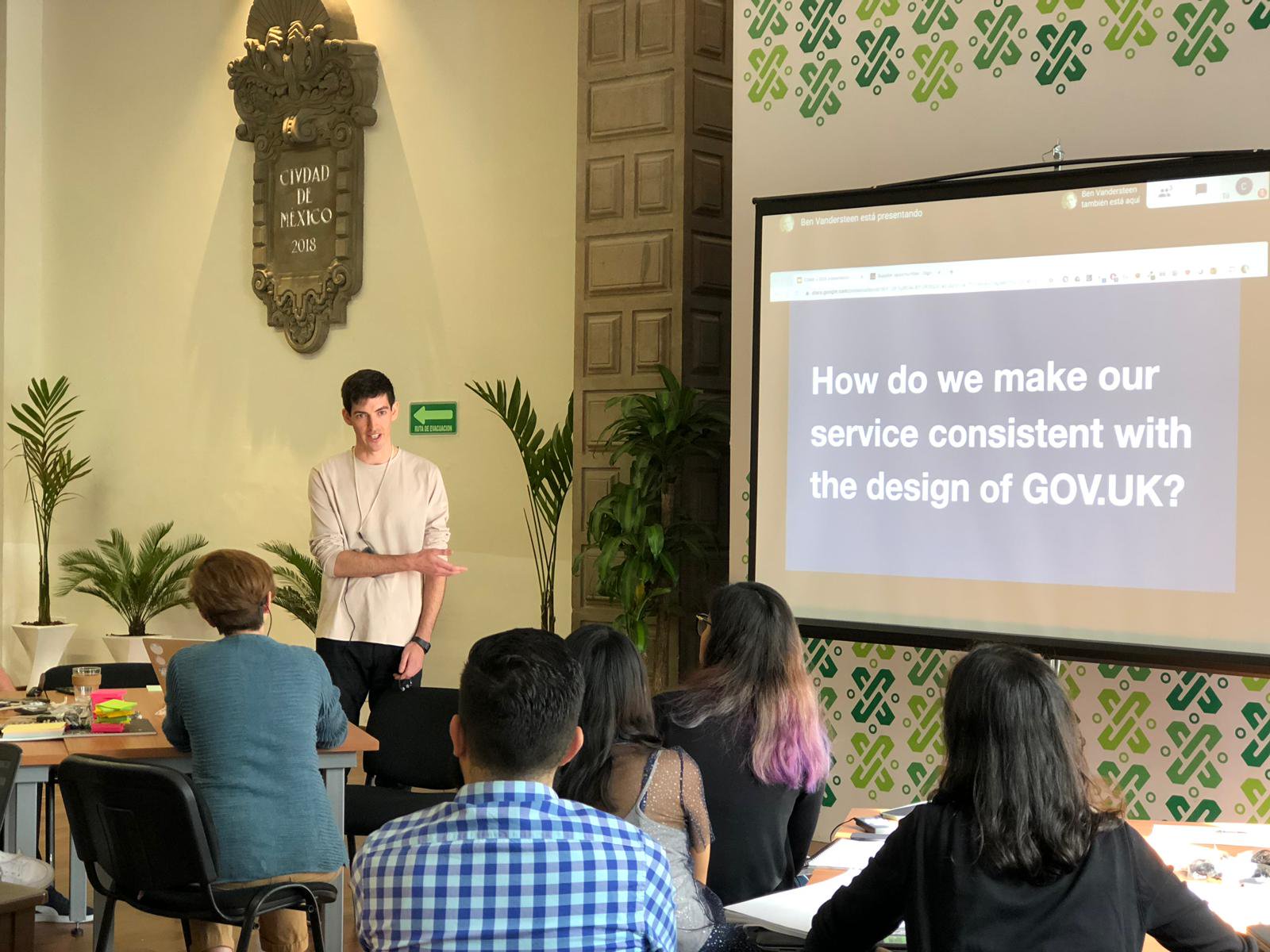
Wednesday
We blocked out the day to run a design workshop, like a design sprint but with emphasis on some of the user research techniques we've developed.
The goal of the day was to share examples of our ways of working and to prototype an iteration of their service. For each section we presented different methods and then ran a practical exercise.
Journey mapping
Mapping the journey and technical architecture helped the whole team understand the context of their work and reduce their reliance on subject matter experts. We decided to map tasks, touchpoints, people involved and considerations / problems.
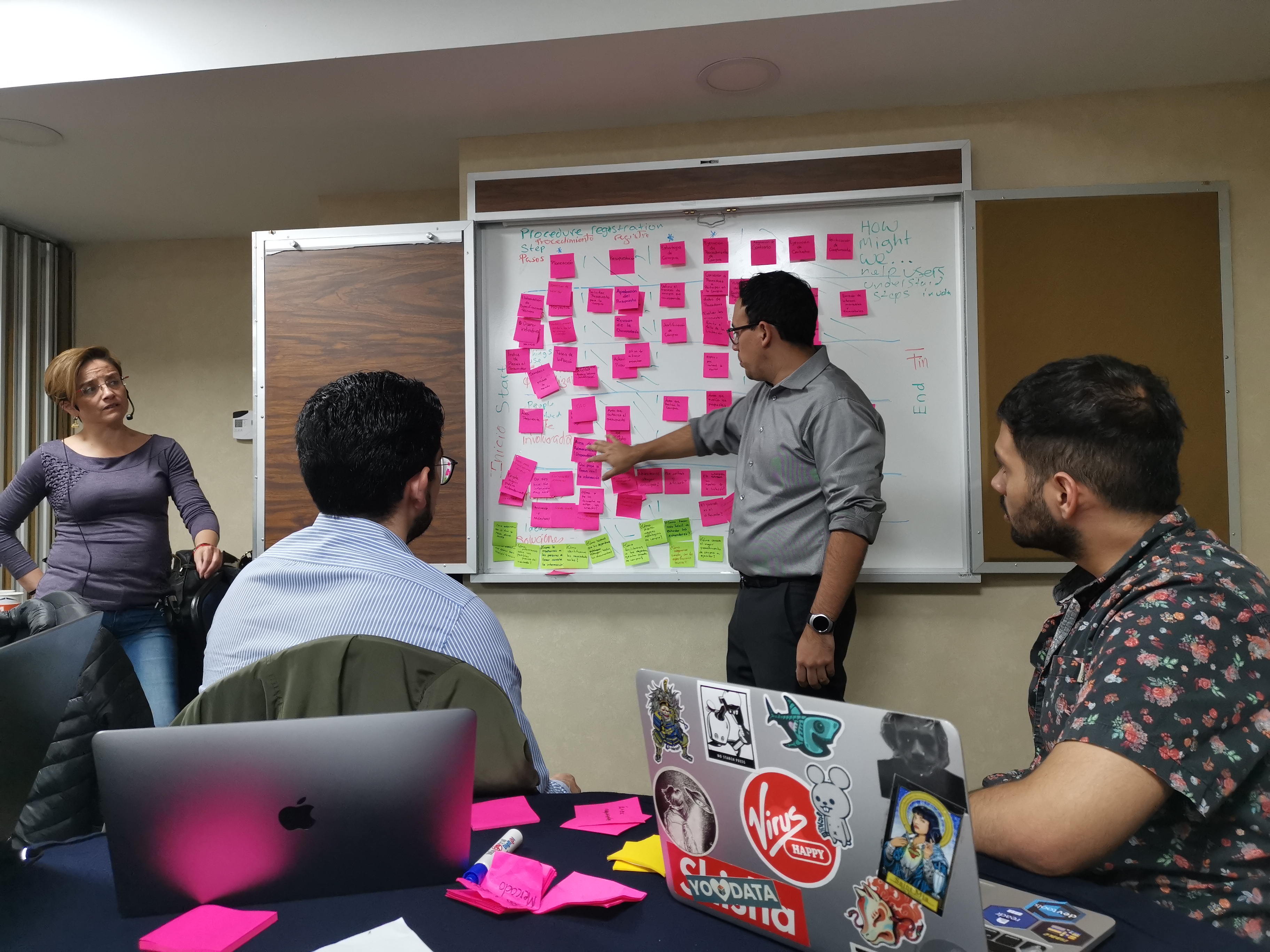
Identifying opportunities
Prioritising problem statements identified on the journey map using the user needs we'd previously defined allowed the team to agree on where to focus. We then wrote hypotheses to describe how to test and validate our assumptions.
We sketched solutions to the hypotheses and gave feedback. Working with the product manager we created a storyboard containing the ideas that best helped test our assumptions.
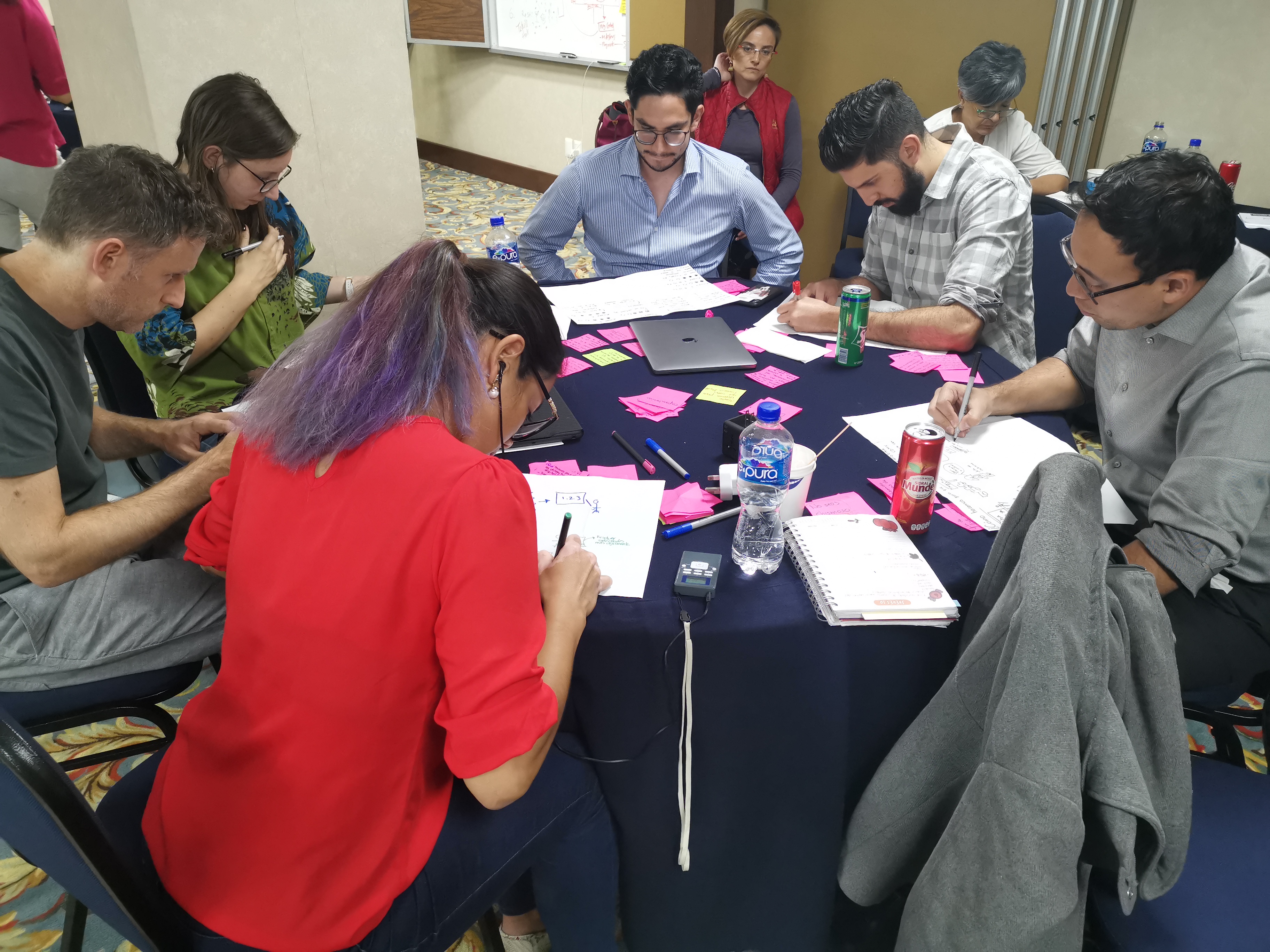
Preparing for usability research
Finally, we needed to prepare for the participants recruited to come in the next day, I presented the dos and don’ts of good user research and gave the team template discussion guides to help them see how to run research that best helps validate their assumptions.
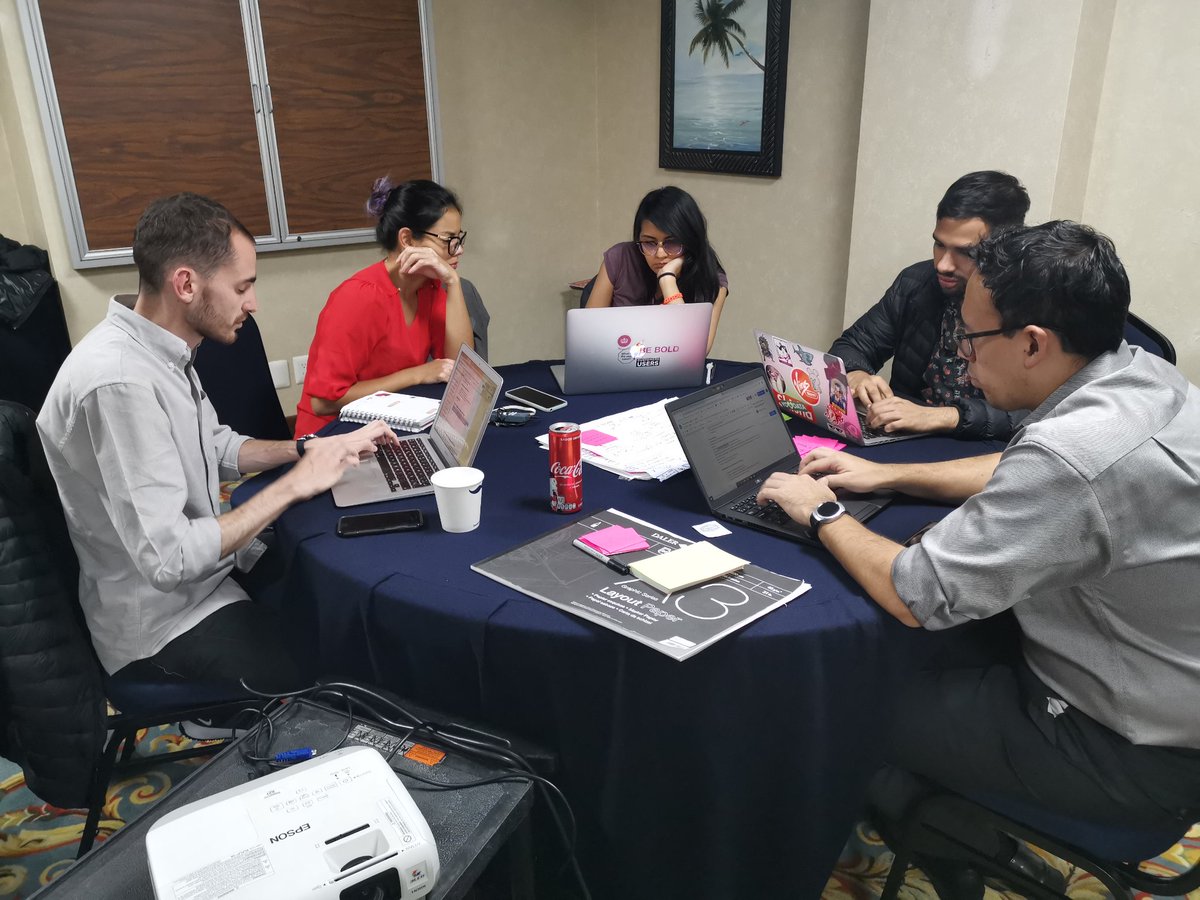
Thursday and Friday mornings
We kicked off research day by sharing some seemingly simple things we've learned about running usability sessions, setting up the cameras, mics and room that makes things run smoothly and comfortably for participants.
We split into two teams, one conducting the tests and the others note taking in real time. The whole team were eager to have a go at interviewing and note taking which was great. Not everything went smoothly, for example, there was a moment when a participant’s boss came in half way through, changing the dynamic of the session but we were all open to feedback and we learned fast by doing.
Friday we played back our notes, reviewed the research questions and just had a good chat about the team and the methods and what we learned from each other.
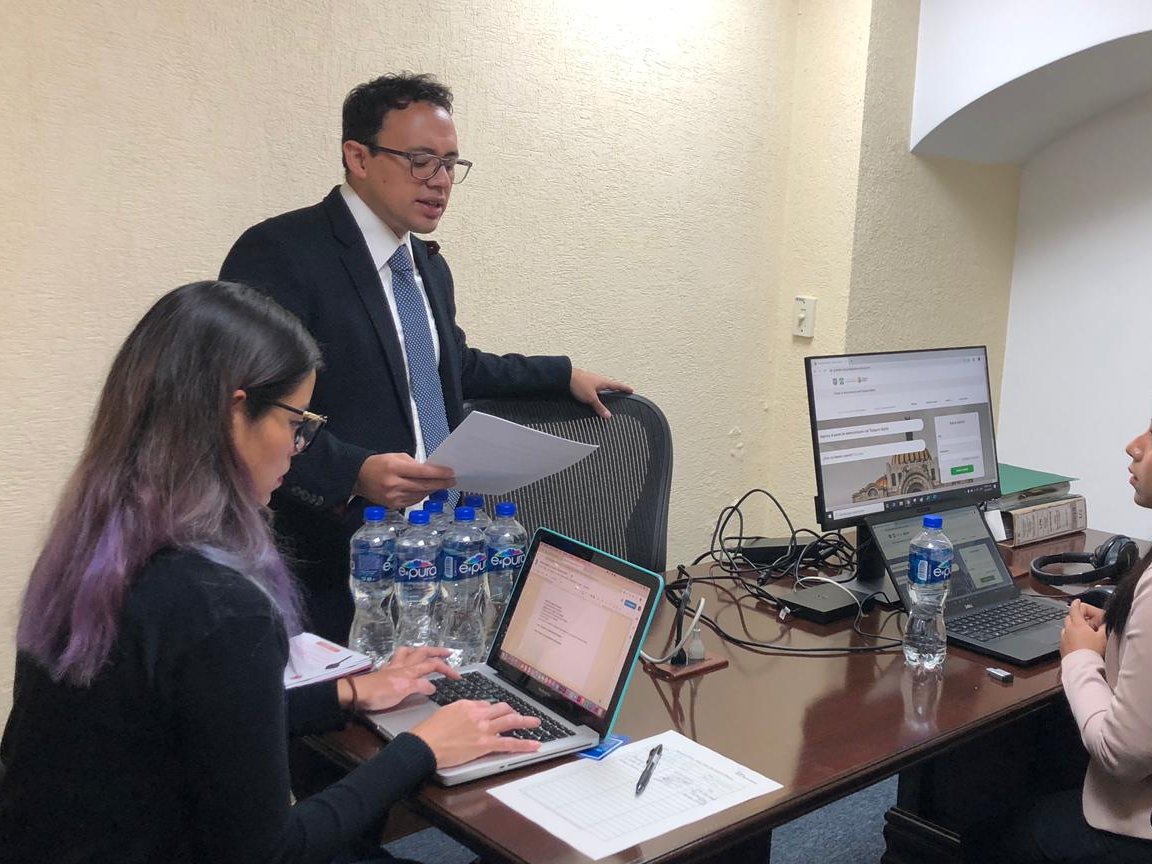
What we learned
- You can view slides offline on a plane but you can't edit 😅
- Learning by doing is exhausting but essential.
- Don’t book rooms with no windows and garish carpet for day-long workshops.
- Share how you got to where you are now including the difficult bits.
- You will over run, be prepared to adapt and have back up plans.
- Facilitating design in another language is fun.
- Translators are magic.